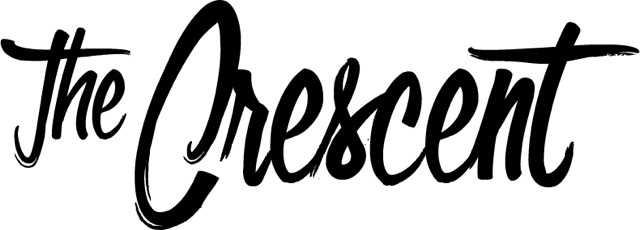Clean Girl is Out, Mobwife is In: Microtrends and the Death of Personal Style
Reported By: Sierra Reisman
Illustrated By: Addie Patterson
Cinnamon cookie butter hair? Blueberry milk nails? Are you a coquette Lana-core girl or a cottagecore witch? Do you do clean girl makeup, clean goth, or soft grunge? If you know what any of these words mean, congratulations, you probably spend too much time on TikTok. The prevalence of microtends on social media has created an entirely new vernacular with which to define ourselves, and it seems like every year the categories get more fragmented and more specific. Do these labels help people discover their niche, or are they merely a hollow substitute for genuine personal style, and a gateway to never-ending consumerism? The answer, it seems, is a little of both.
Recently, people on TikTok have decided the clean girl aesthetic is out and the mob wife aesthetic is in–trading slick back buns and dewy skin for fur coats and sunglasses. Fashion trends have certainly always existed and people have always pursued the latest and greatest styles, but with social media, it’s a bit different. On social media platforms, marketing is everything, and microtrends are powerful marketing tools.
Attaching a catchphrase to every possible style choice allows people online to curate their personal look into something marketable. It’s easy to see how a collection of trend labels stitched together garners more attention from an algorithm than true originality. Looking at social media through the lens of capitalism, microtrends provide tools for influencers to market themselves, and for brands to sell their products with the illusion of relatability. What's unique about this phenomenon is the way that both the producers and the consumers participate in the marketing.
Social media aesthetics can be a community-building tool, allowing people to connect with others who share the same interests. This becomes problematic, however, when entire communities are built around pure consumerism. The Stanley Cup craze is a good example of this: a trendy object becomes a symbol of belonging and people compete tooth and nail to be the best consumer and build the status that comes with it.
Internet trends and microaesthetics highlight the politics of ubiquity. Although social media trend participation is widespread, it’s far from universal. The average person isn’t going to swap out their entire closet once TikTik decides the clean girl look is out and mob wife is in, but influencers and those with wealth are going to follow the trends.
Our internet culture creates community through trend participation, trends which are ultimately just strategic marketing tools. We then find ourselves in a situation where mutual participation in capitalism is our only form of community building and the development of personal identity. This certainly doesn’t bode well for our collective ability to resist microtrends and consumer cycles going into the future.
Participating in trends isn’t inherently bad. Internet aesthetics can be useful tools, as they can give people language to describe themselves and peers to relate to. Trends become a problem when they produce massive waste and contribute to the loss of individuality. It’s essential that we retain our ability to look beyond internet algorithms for community and a sense of self, allowing us to dictate the trends and not the other way around.
